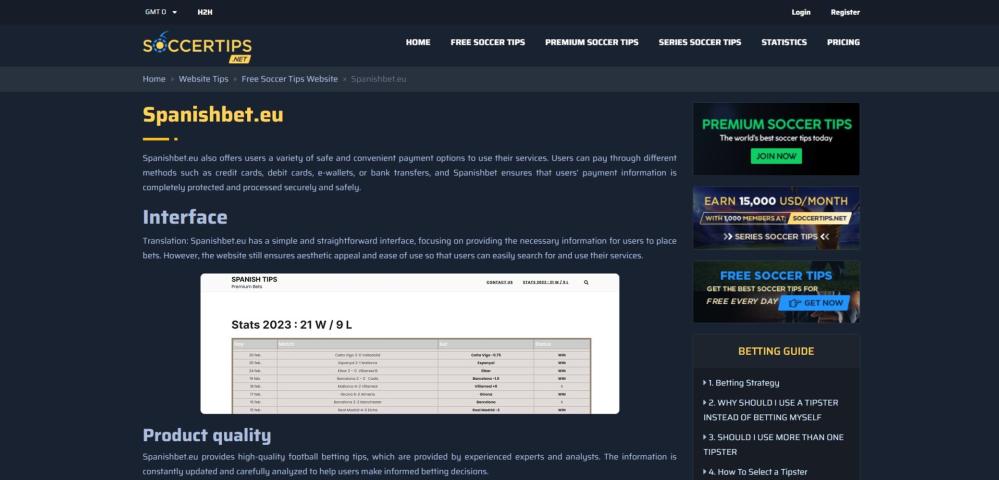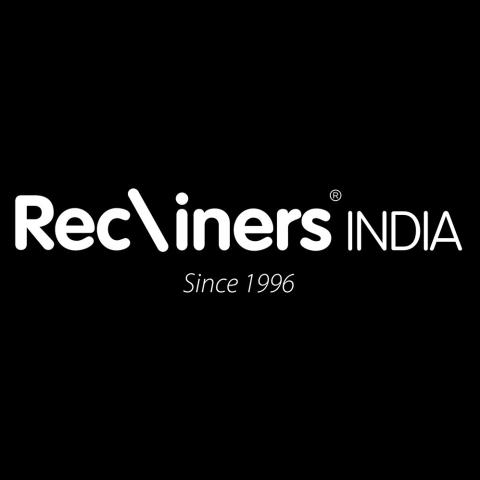Traditional project management approaches, such as the Waterfall model, have long been the backbone of many industries. Enter agile methodology, a dynamic and iterative approach to project management that emphasizes flexibility, collaboration, and customer satisfaction.
Waterfall is characterized by its linear and sequential design, it involves completing one phase of a project before moving on to the next. While this method offers a structured and predictable framework, it often lacks the flexibility to accommodate changes and unforeseen challenges that arise during a project's lifecycle.
Originating from the software development sector, agile methodology has rapidly gained traction across various industries due to their ability to respond to change quickly and deliver value incrementally.
Unlike Waterfall, Agile breaks projects into small, manageable units called sprints, allowing teams to adjust and refine their work continuously based on feedback and evolving requirements.
Making this switch can bring significant benefits, including increased flexibility, better product quality, and faster time-to-market. Here’s a comprehensive guide on how to effectively transition from Waterfall project management to agile methodology.










